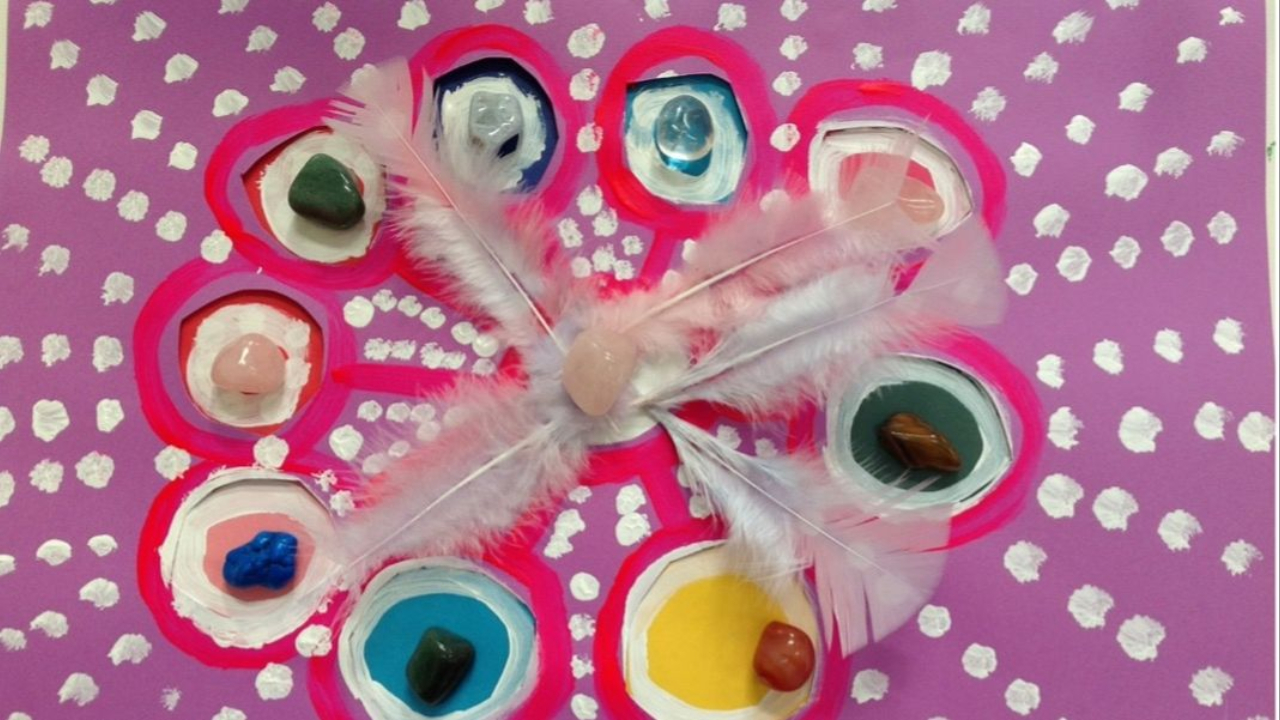Essays and Blog
BY CORNELIA ELBRECHT
With contributions by Institute for Sensorimotor Art Therapy faculty and fellow practitioners.
Features a growing collection of resources on Sensorimotor Art Therapy and our trauma-informed modalities of Guided Drawing© and Clay Field Therapy©.
Mandala
Nov 28, 2025
The SIBAM Trauma-Healing Model
Sep 30, 2025
The World of Touch
May 29, 2025
The Touch Map In Our Hands
Nov 27, 2024
Regulating the Nervous System with the Lemniscate
Sep 21, 2024
Embodiment through Rhythm
Aug 29, 2024
Body Mapping with Guided Drawing
Jul 24, 2024
The Sensorimotor Feedback Loop and Trauma
May 30, 2024
What is Guided Drawing?
Mar 27, 2024













